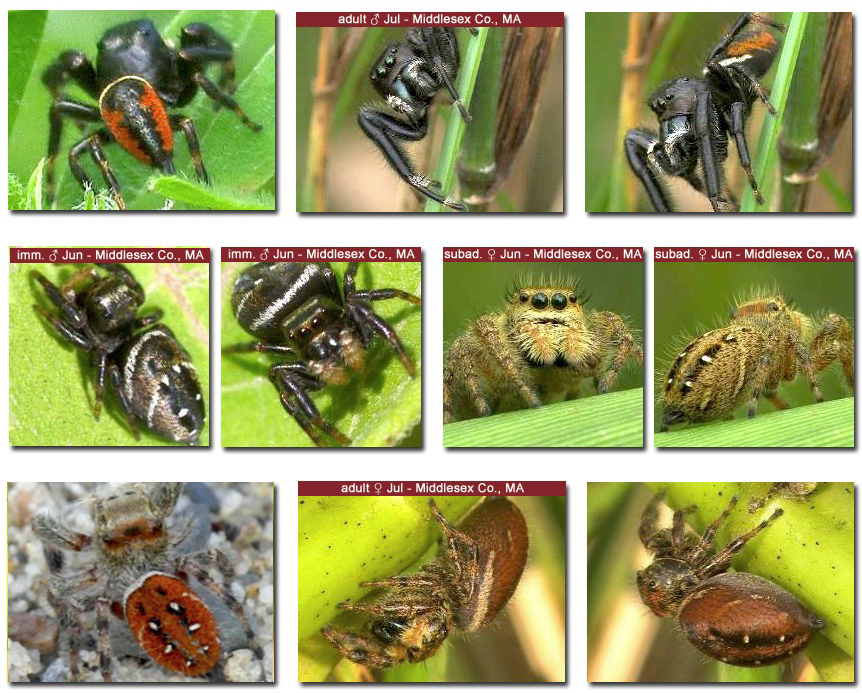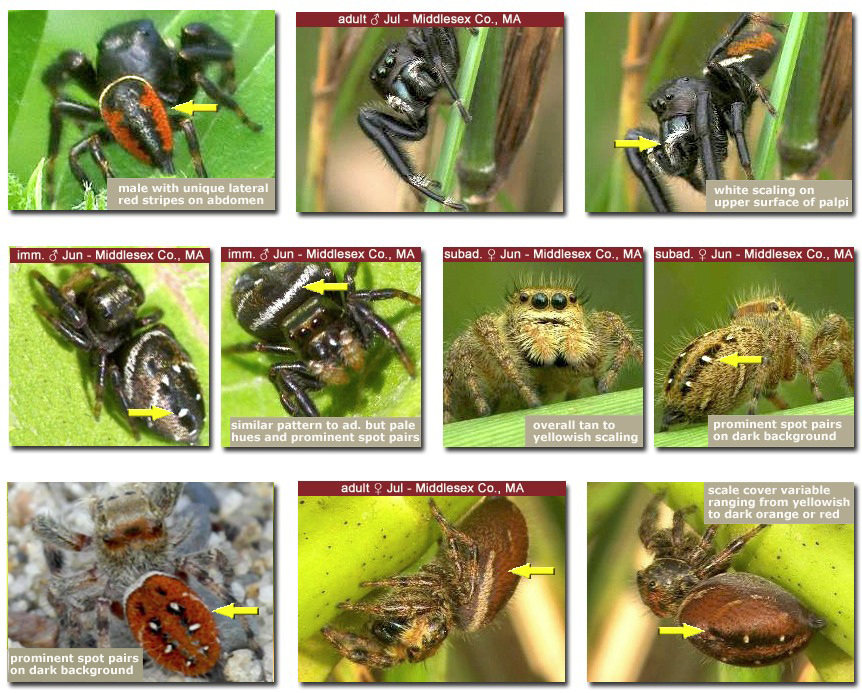Phidippus clarus (Keyserling, 1885)
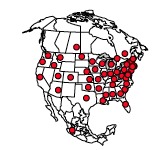
Richman, Cutler & Hill 2012
This species, like the Bold Jumping Spider (P. audax), is widespread and common across much of North America. Phidippus clarus, however, is a spider of old fields, meadows, and woodland openings and is not as likely to be seen around human habitations and other man-made structures as is the case with P. audax. A defining characteristic of true spiders (Araneae) are spinnerets capable of extruding silk in a precise fashion. While many spiders employ this ability to create webs that act as passive traps, jumping spiders are free roaming predators and do not make use of the typical spider’s web. Jumping spiders do, however, use silk in various other ways. Salticids build silk shelters that provide a place of relative safety when they molt as well as protection from extreme weather. These shelters are also used to house the female’s egg sac and as places to hibernate. Hill’s 2014 publication is a comprehensive and lavishly illustrated life history of this species (downloadable PDF at Peckham Society website).
In his article Hill describes and provides illustrations of the various external scale colors and patterns (both male and female) of P. clarus. The video seen here includes a red form male as well as an adult female with dark brown abdominal markings whose position and shape is characteristic of males.
Foelix, 1996; Edwards, 2004; Hill, 2014
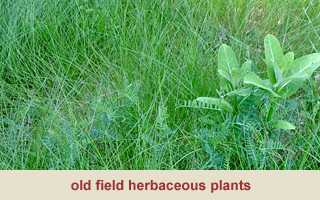
Massachusetts – First State / County Records
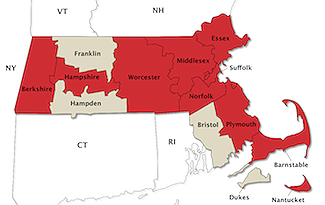
- ♦ – Phidippus multiformis – Eastern Massachusetts, summer; matures in July; young in August – Emerton, 1891: 224, pl. 16, f. 1
- ♦ *BSNH – P. multiformis – Middlesex (Winchester), Essex (Salem), Barnstable (Woods Hole), **Hampshire (Mt. Tom), – Bryant, 1908:97
- ♦ Various – P. clarus – Nantucket, Norfolk, Plymouth, Suffolk, Worcester – Edwards, 2004: 60, f. C45-46, 184-190
-
♦ Connecticut – P. c. – Kaston, 1948: 484
Very common all over the State.
- *See Bryant, 1908
- **Mt. Tom is in both Hampshire and Hampden counties.
- Edwards, G. B. 2004. Revision of the jumping spiders of the genus Phidippus (Araneae: Salticidae). Occasional Papers of the Florida State Collection of Arthropods 11: i-viii, 1-156, 350 figs.
